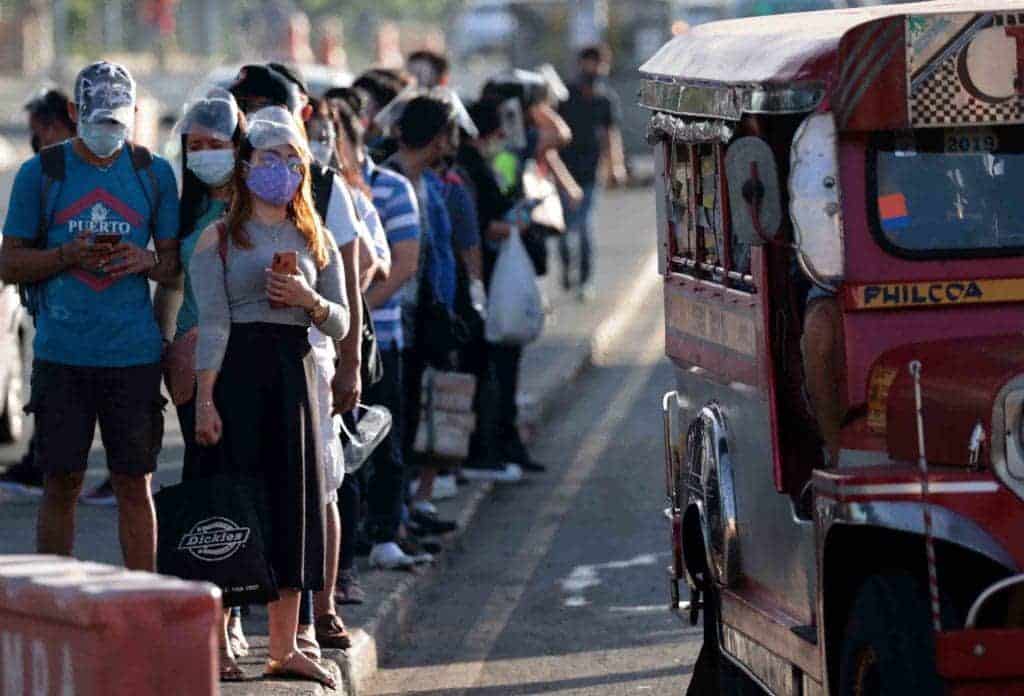
The Bangko Sentral ng Pilipinas (BSP) said mid-range salaried Filipino households’ most valued assets are their residential property or house and lot and other real estate such as farm and land.
Based on the latest Consumer Finance Survey (CFS) which was conducted pre-pandemic between October 2018 to June 2019, in terms of asset accumulation of households, 71.6 percent owned or co-owned a residential property while 45.4 percent owned both house and lot.

About 26.2 percent owned only a housing unit while 8.8 percent of households owned other real property besides their house and lot.
The most popular transportation owned by households are motorcycles. In the 2018 survey, 68.6 percent of households said they own one. In terms of appliance, the BSP said almost every household had a television set and a mobile phone. The ownership rate is 85 percent.
About 22.6 percent said they had access to financial products and services such as insurance/pension and deposit accounts. Of this number, 16.3 percent of households owned an insurance or pension plan or were receiving insurance/pension benefits while 9.7 percent owned one or more interest-earning deposit accounts in the country’s big banks or non-stock savings and loan associations.
The survey said 28.2 percent of households still keep their cash at home for emergency. Since this survey was conducted before the pandemic, less than one percent of households had electronic money or e-money accounts and those that have are tied to their deposit accounts with banks.
The BSP said 6.6 percent of households had account receivables in the form of non-property loans owed to them by other people or businesses.
The CFS showed that 40.4 percent or two in every five households had debts. About 28.2 percent had outstanding loans, 17.1 percent had household bills and 1.6 percent had unpaid credit card loans.
Households’ loans include Pag-IBIG Fund and National Housing Authority housing loans, in-house financing for vehicle loans, and financing companies/institutions for business and other consumer loans, said the BSP.
“Households were able to manage their loans well as most were paid on time,” the BSP said. About 64.6 percent of households paid their vehicle loans on time. Other loans paid on time: 43.3 percent of housing loans; 86.3 percent of business loans; 77 percent other loans; and 69.6 percent of credit card debts.
The BSP said 23.4 percent or one in four households with outstanding loan used digital financial services in a credit-related process or transaction, while 27.3 percent access their account via digital means.
In terms of household income, the average monthly income was P15,000 for a household of five and 73.7 percent came from an employment or salaried job. Specifically, 89.6 percent of a households’ total income came from employment income and for a family of five, the average income was P10,366.
“Only a few Filipino households (or 5.1 percent) were engaged in entrepreneurial activities and 91.2 percent of which were sole proprietorship,” according to the BSP.
The BSP also said that 47.6 percent of households derived their income from other sources including remittances for those with overseas Filipino family members. About 12.5 percent of households rely on remittances sent to them.
Based on the CFS, the average monthly income for a household of five was P22,000. About 72.1 percent are spent on food, 23.9 percent on housing and utilities and 10.5 percent on transportation. At the time of pre-COVID-19 crisis, 4.8 percent of income are allotted on health expenses.
About 7.4 percent of household expenditures are spent on education and 5.8 percent on alcoholic beverages and tobacco.
The 2018 CFS described the typical Filipino family as a household of five, with a father in his late 40s and young dependents with ages of below 14 years old. Some have working age members or extended family members.
Less than half of the household members aged 21 and over had a high school diploma. About 48.7 percent had health insurance and majority were covered by PhilHealth.
The 2018 CFS data covered 14,860 households. The purpose of the survey is to support the central bank’s objective of implementing realizable policies towards financial inclusion. This was only the second CFS conducted by the BSP, the first survey relied on various data period, from 2007-2008, 2009-2010 and 2014 results.
If you like this article, share it to social media by clicking any of the icons below.
Or in case you haven’t subscribed yet to our newsletter, please click SUBSCRIBE so you won’t miss the daily real estate news updates delivered right to your Inbox.
Article was originally published in Manila Bulletin and written by Lee C. Chipongian.







More Stories
Vista Land Celebrates 50 Years with Sandiwa: An Event Honoring Leadership, Legacy, and the Filipino Dream of Homeownership
Vista Land Celebrates Love Month in Ilocos Region
Vista Land Bridges Cebuano Heritage and Progress with Valencia by Vista Estates